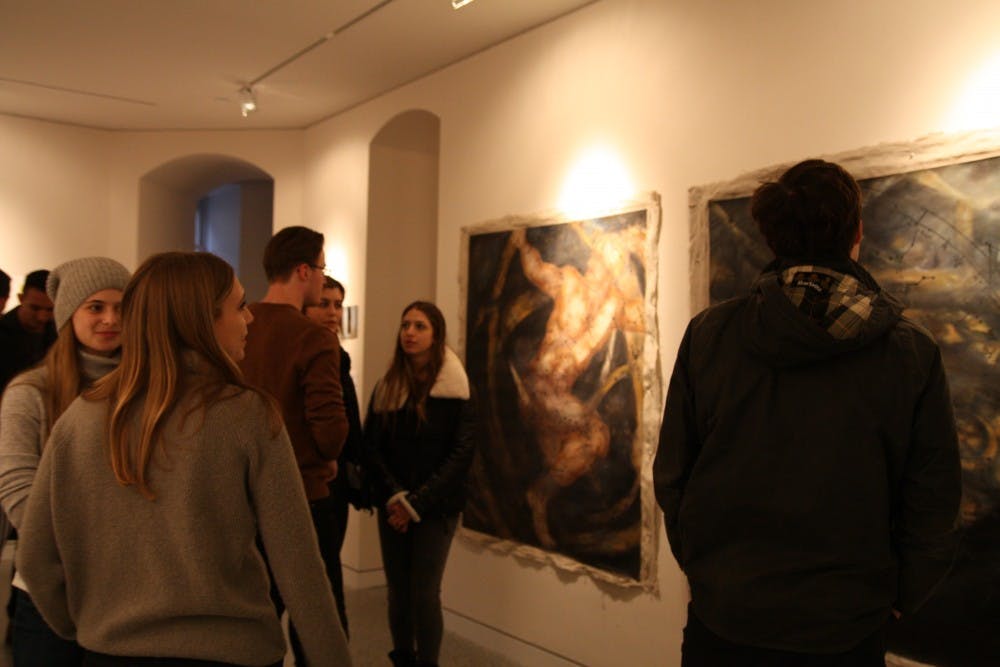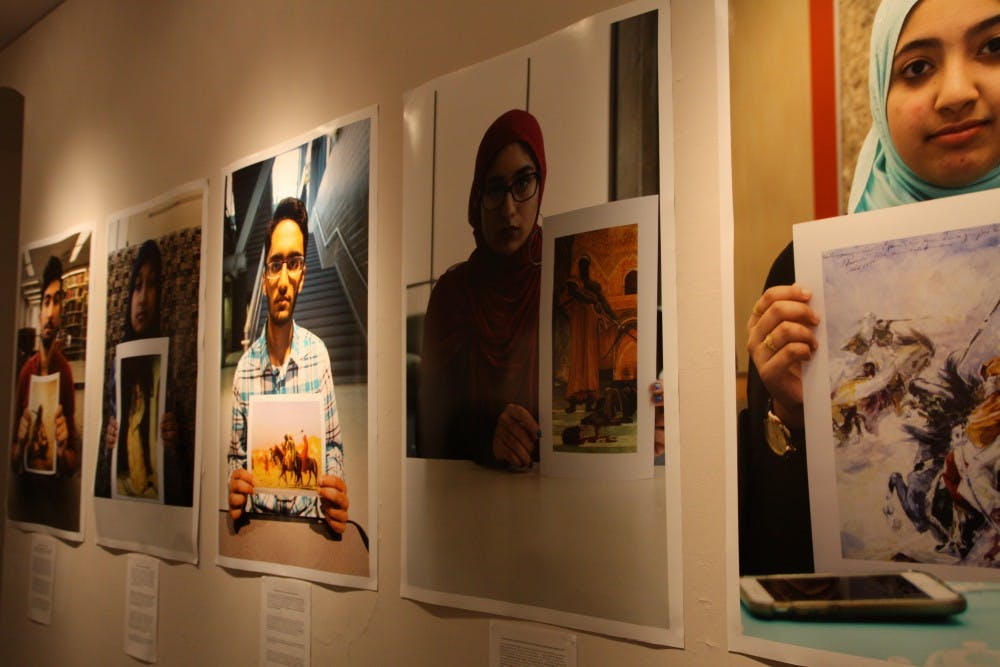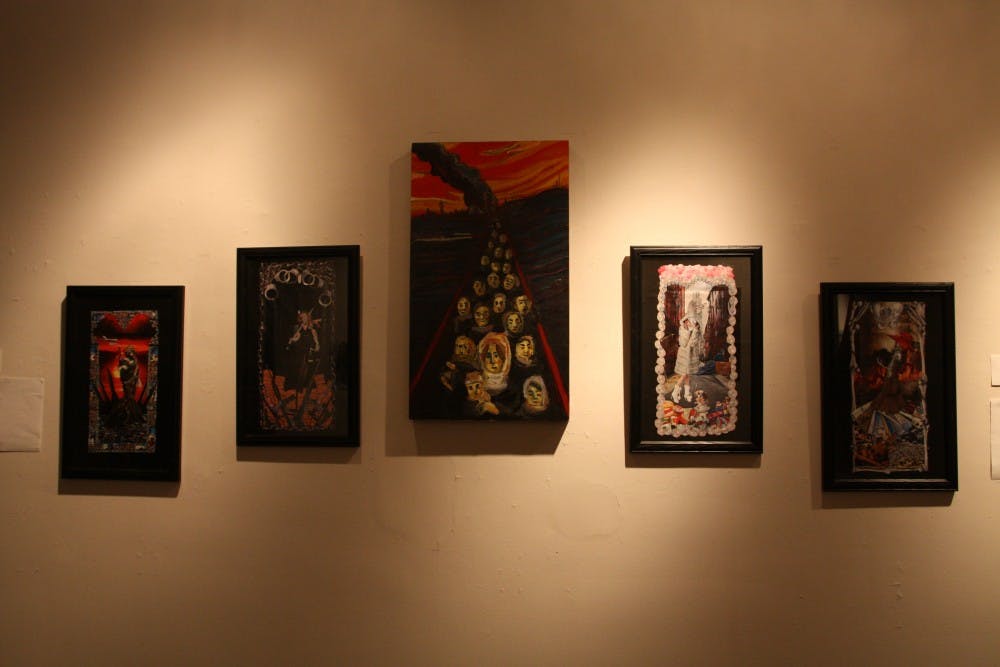The first time I looked at a Rothko painting, my mouth fell open in awe. Not the kind of awe where I was astounded by the prodigy of the work, but the kind of awe that a piece like this was worth millions. If I had drawn a block and filled in with colors on a canvas, what would be the difference? This is just one of the many criticisms modern and contemporary art receive: its abstractness is almost too abstract to make an ounce of sense. In comparison to art of the past, which was very much characterized by portraitures and landscapes, there’s no definite object, no definite figure, or even a definite shape in modern art. How (in hell) can the two ever be connected? That’s what this year’s SPEC Art Collective exhibit, Art in Translation: Present Reinterpretations of Art History was all about: the connection between the art of the past and the present.

As one of the committees of SPEC, which hosts campus wide social activities, among them Fling, the Art Collective aims to “introduce and engage students to the thriving art scene on the university’s campus and greater Philadelphia area.” Opening last Tuesday on March 27 in the Fox Art Gallery, the show, co–curated by Caroline Miller (C '19) and Yasmin Gee (C ‘18), features artworks by 21 students. The title alludes to the relationship between each piece of art and other masterpieces or ideas from different periods of art history from the Renaissance to the contemporary movement, whether that relationship be a direct reference or even a tangential commentary.
One such piece was by Madison Greiner. At first look, Madison’s portrayal of two masks seems conventional, nothing really out of the ordinary. But on a closer look (and with the explanation printed beside it), it’s obvious that the piece is meant to be a tribute to Grant Wood’s American Gothic, the infamous painting of an Iowa farmer, pitchfork in hand, and his daughter (not his wife, as most people believe). Madison’s masks, which once belonged in her parents’ antique collection, is a semblance of the relationship between the father–daughter duo. In her artist statement, she says, “Thirty years later, after their divorce I always felt like these weird masks somehow demanded their own almost human–like presence both individually but especially as a pair.” The masks demanded a life of its own, one to share with another—just as American Gothic focused attention on the pairing between the two characters.

This link between the past and the present is also evident in Carson Kahoe’s (C '19) photography series. Each photo of the series captures an American Muslim student holding a painting in order to “construct an image of Muslims and ‘Orientals’ as a monolith,” his statement describes. Beside each photo is an interview excerpt with the student featured on his or her experiences in the States. Delving into the phenomenon of Orientalism, his photography explores the the way the East is presented in the West, specifically how the paintings reduce the identity of Muslims to fit a European mold of what they should look like. “In today’s period of global political and social upheaval...the depictions of Muslims in Orientalist paintings established stereotypes that continue to inform and influence modern patterns of bias,” he continues.

Carson Kahoe's photography series
One distinction about this exhibit is perhaps not the works themselves, but the specificity and detail in the printed labels and artist statements. Contrary to some exhibits, which display only the most basic information of title, artist, date, and material, Art in Translation gave the whole story. As Caroline explains, part of this comes from trying to increase the accessibility of the exhibit to students, such that ambiguity and openness don’t deter students from coming in and appreciating the art. In that sense, “translation” as it appears in the title is both a reference to the dialogue between works of art in the present and past as well as one between the artist and viewer.
The show was all in all a bridge to the past. As history gets rewritten more and more to incorporate more voices, it is reinterpreted again and again. In this case, it is recreated.

